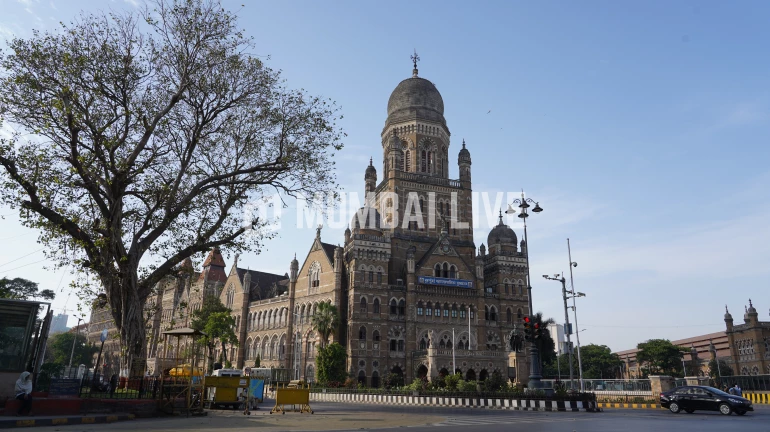
As part of a city-wide strategy to curb monsoon-induced waterlogging and marine pollution, the Brihanmumbai Municipal Corporation (BMC) has accelerated its efforts to install floating waste barriers across critical points in the western suburbs of Mumbai. Designed to trap plastic waste and other floating debris, these barriers are being strategically placed at locations where stormwater drains meet creeks, rivers, or the sea.
According to civic officials, installation work for nine such barriers is almost finished, and eight more are set to be added within the coming month. The areas identified include Gorai, Malad, and Andheri East — zones where waste typically flows into Madh Creek and the Mithi River. Officials stated that these barriers are anchored at stormwater drain outfalls, effectively stopping solid waste from reaching natural water bodies and preventing downstream clogs that often trigger floods during Mumbai’s heavy monsoons.
The project, which aims to have 23 floating barriers in place by the end of the year, is a response to a 2022 directive by the National Green Tribunal (NGT). The NGT had called on the BMC to develop sustainable solutions to manage floating waste, prompting the civic body to conduct a feasibility assessment and begin phased implementation. A civic official shared that eight barriers were earlier installed as a trial across different parts of the city, starting with Colaba. These initial installations delivered encouraging outcomes, with around three metric tons of solid waste collected during just one monsoon cycle. Based on these results, the city expanded the scope and budget of the project.
The BMC has issued a ₹35 crore tender for the installation, maintenance, and operation of these barriers. Depending on the material and quality, the cost per barrier ranges from ₹1 crore to ₹1.5 crore. In addition to the floating systems, nets are also being fixed at various drain outfalls to further reduce the volume of waste entering creeks and rivers. This multifaceted approach, combining on-ground waste interception with structural innovation, not only addresses seasonal flooding but also supports Mumbai’s long-term goal of preserving its fragile marine ecosystems. With monsoon around the corner, the city’s environmental shield is slowly but steadily taking shape.





